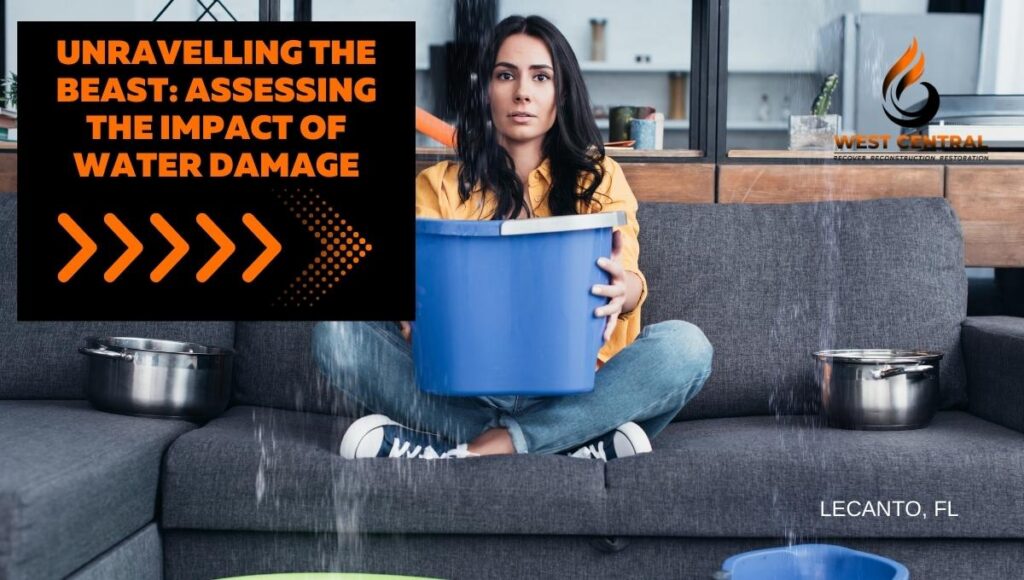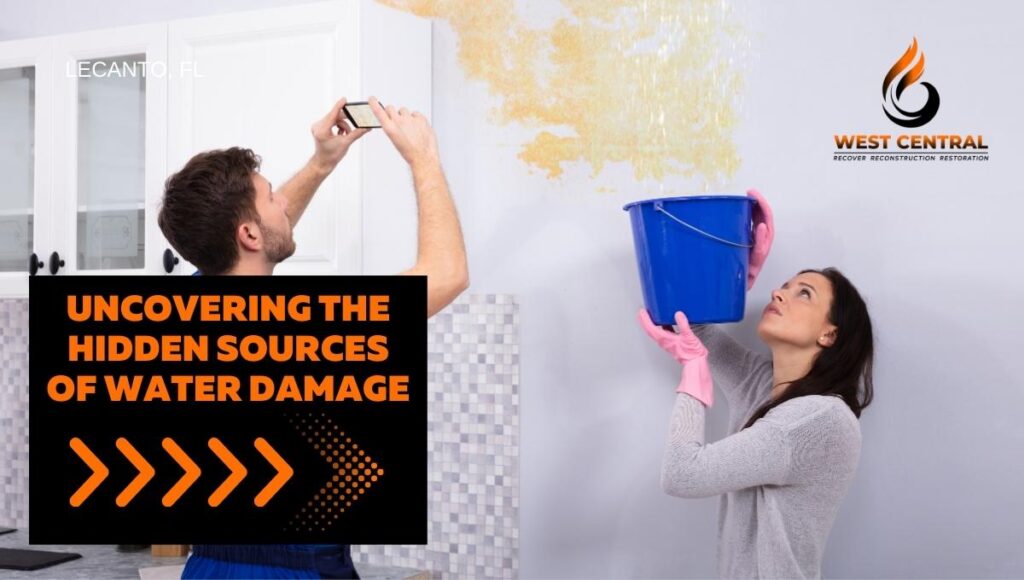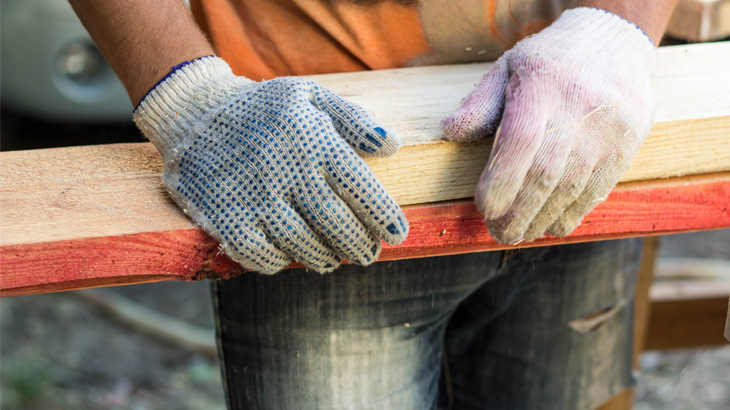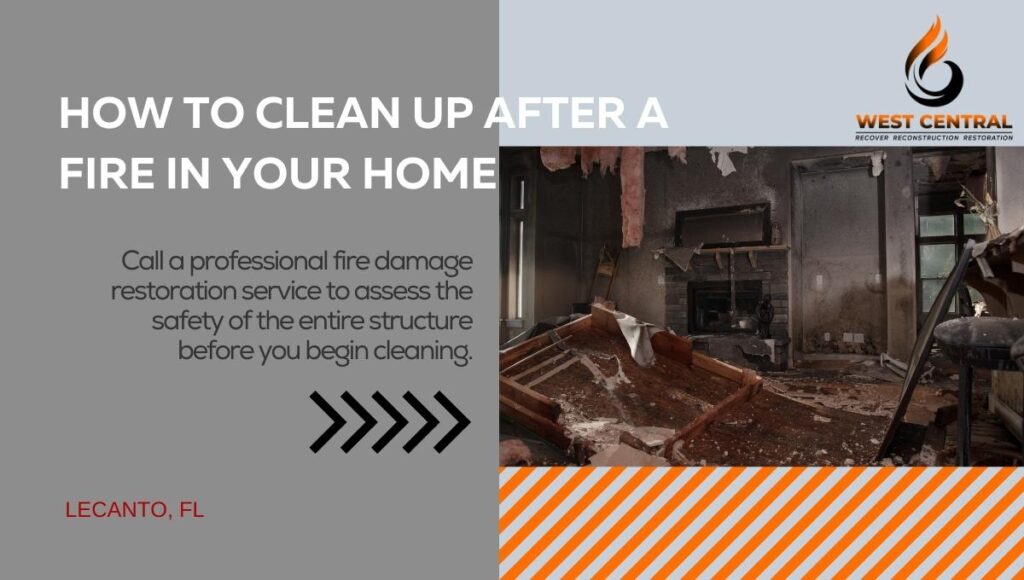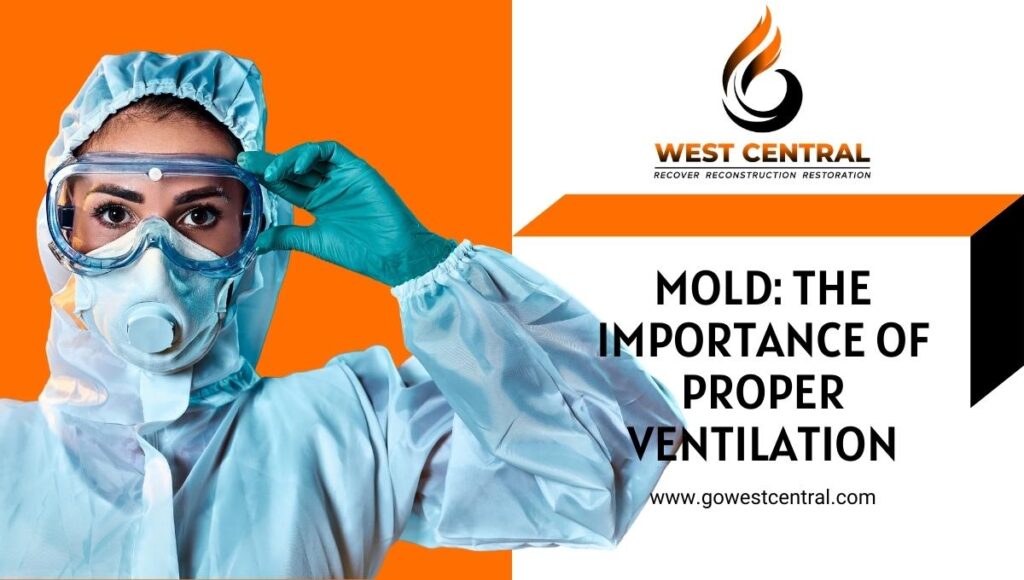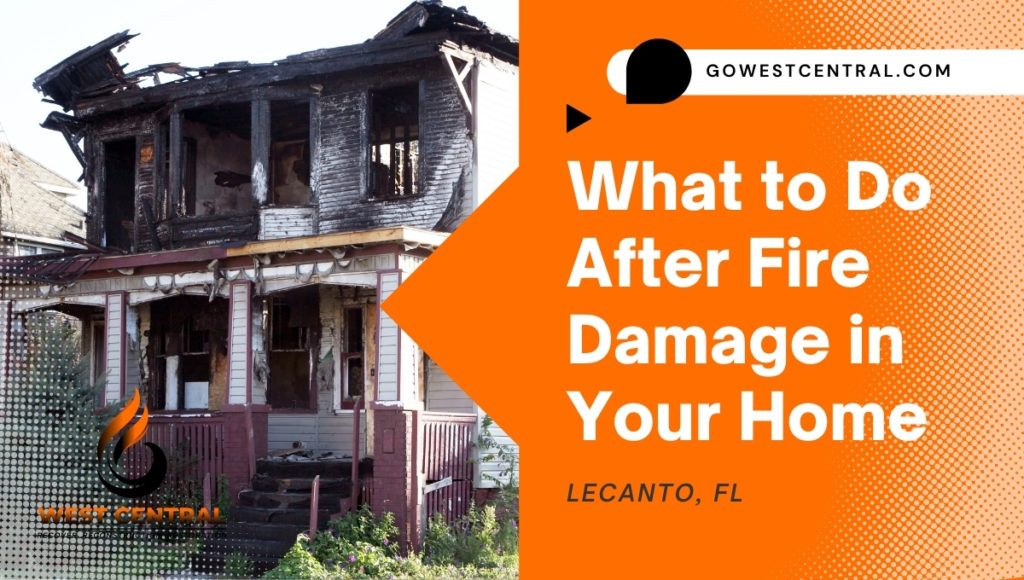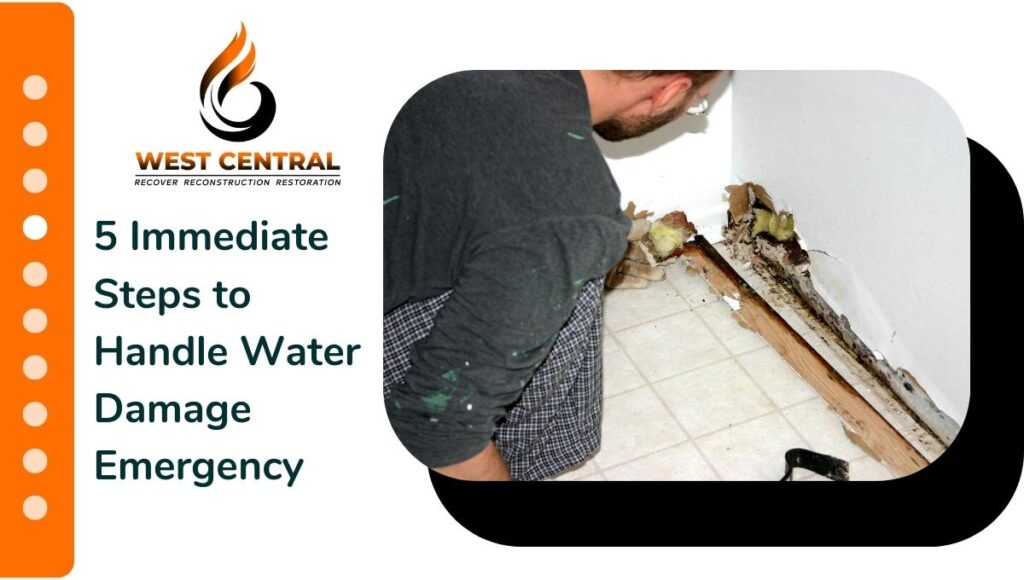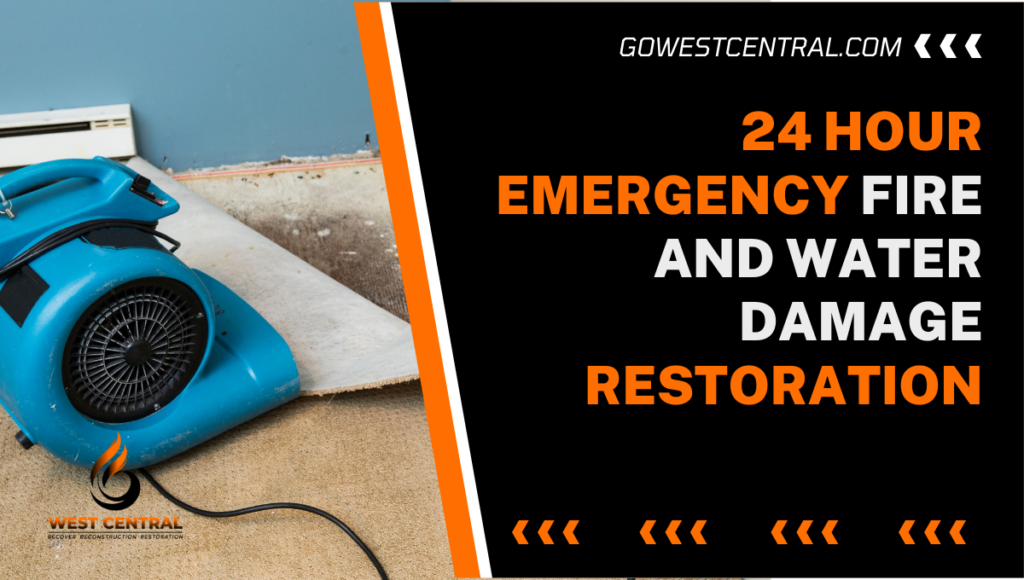3 Key Takeaways:
- Mold growth can cause a variety of health and structural problems in a home after a flood, so acting quickly is essential.
- Homeowners should immediately remove standing water, clear the affected areas, and use fans and dehumidifiers to dry wet surfaces.
- If the infestation covers more than 10 square feet, it should be handled by a trained and licensed professional.
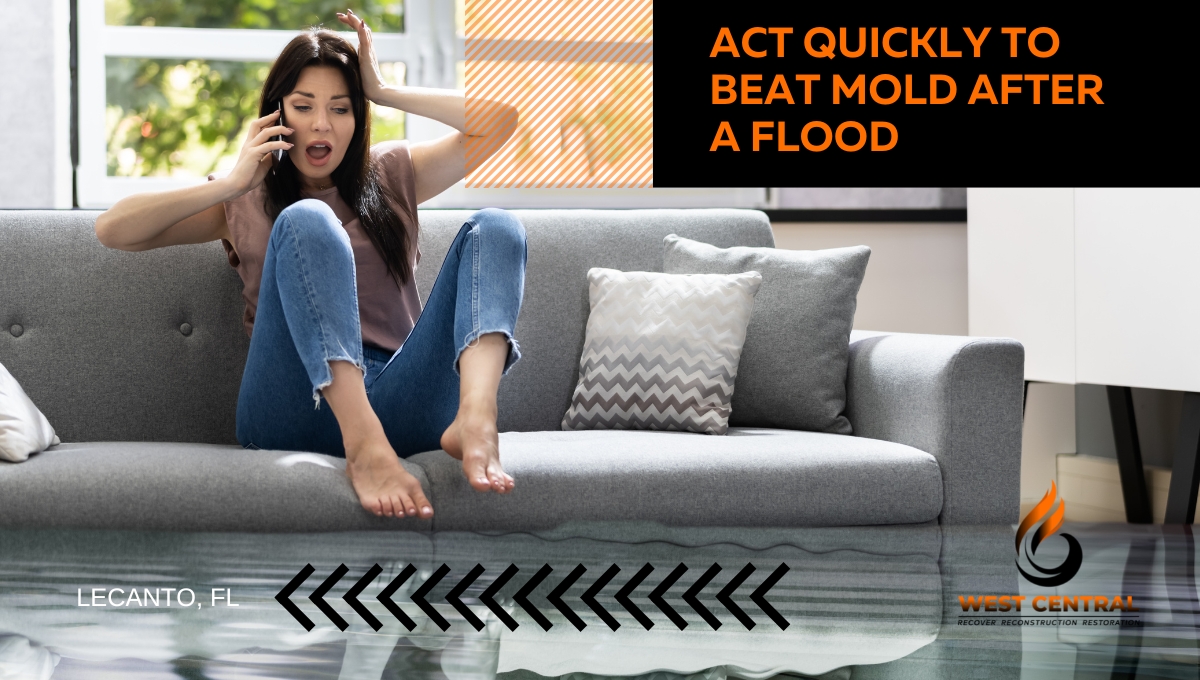 After a flood, you want to clean and restore your home quickly to its original state. But one thing you must never forget: you’re also in a race against mold. Mold is not usually a problem indoors until its spores land on a wet or damp spot and start growing. A flood in your home creates exactly the environment needed by mold spores to grow.
After a flood, you want to clean and restore your home quickly to its original state. But one thing you must never forget: you’re also in a race against mold. Mold is not usually a problem indoors until its spores land on a wet or damp spot and start growing. A flood in your home creates exactly the environment needed by mold spores to grow.
Once it grows, mold produces allergens, irritants, and in some cases, potentially toxic substances called mycotoxins. These products may then cause immediate or delayed allergic reactions in sensitive people, worsen asthma in those allergic to mold, and irritate the skin.
Symptoms of mold exposure include:
- Sneezing
- Runny nose
- Red eyes
- Skin rash (dermatitis)
- Shortness of breath
- Wheezing
- Sore throat
- Fatigue
- Flu-like aches
- Irritation of the eyes, skin, throat, nose, and lungs
Mold is also dangerous from a structural point. It can:
- Stain the surfaces it grows on.
- Feed on and destroy porous materials it infests, including wood, fabric, and drywall.
- Destroy the structural integrity of the home, including bringing down walls, roofs, ceilings, and support beams.
Unfortunately, mold grows and spreads rapidly after a flood. And typically, you have only the first 24 to 36 hours after the flood within which you must act. That is, the resulting damp environment provides the perfect conditions for it to flourish. So it begins to grow as fast as within 24 to 48 hours and you have to act quickly to beat mold after a flood.
How should you act after a flood to beat mold?
- Swiftly drain the water: Mold spores settle and grow quickly in damp or wet areas. If water stands in your home for more than 24 hours, some spores would possibly germinate. And if the water remains in your home for more than 48 hours, mold will definitely grow. So, soon after you confirm that your home is structurally safe, pump out or soak up standing water. But if there are several feet of water, in which fuse boxes or other electrical equipment are submerged, then don’t get to work until you’ve called emergency workers to clear the space. If the water is too much—at least above your ankles—don’t remove it yourself. Hire professionals with the right equipment and experience. A professional restoration service has heavy-duty fans, dehumidifiers, and other equipment to remove the water and dry the place quickly. Also, you need professional restoration if your home is flooded with sewage or other contaminated water. Sewage is hazardous and is best handled by someone who is trained.
- Clear up affected areas: You want to work speedily and effectively. And so, you need the affected areas clear and all soaked up materials removed to enable a fast drying of the space. Therefore:
- Haul out wet things—pillows, curtains, upholstered furniture—to a driveway or garage where they can dry.
- Use fans to get air moving in enclosed spaces.
- Use a wet or shop vacuum to suck water from wet carpets.
- Use a dehumidifier to reduce moisture levels in flooded rooms.
- Make sure as much air movement as possible over wet areas. In particular, use larger, heavy-duty machines in basements and larger areas.
- Ensure wet walls dry thoroughly. Remove baseboards and moldings from flooded walls to speed up drying.
- For walls made of sheetrock, cut small openings into the bases of the walls to ensure drying of both the back and front of the walls.
What if mold grows too quickly to prevent?
Sometimes, for whatever reasons, you just can’t respond quickly enough to beat mold. For example, the flooding may be too severe and dangerous to dare access your home. Or the flooding damage may keep power off from your home for a few days, creating a dark and damp environment that gives mold the upper hand. And by the time you act, you’ll not just be dealing with water damage, but also with a rapidly spreading mold growth.
In that case, if the flooded areas are smaller than 10 square feet, handle the mold yourself. How? Wash off mold from hard surfaces using a mixture of hot water and detergent. Alternatively, use chlorine bleach or other biocide to clean the mold from the surfaces. Chlorine bleach is preferred when there is at least one occupant of your home with a weakened immunity. But when using bleach for mold cleanup, add no more than 1 cup of bleach into every gallon of water. And never mix bleach with ammonia or cleaners that contain ammonia.
What size of infestation requires professionals?
For mold infestation that covers more than 10 square feet, call a trained, licensed professional to do the cleanup. However, the technicians you hire should have relevant experience in getting rid of mold. They should also have liability insurance and references you can call.
What items should you toss?
The following items should be tossed if they look or smell moldy, or have been underwater:
- Carpets, carpet padding, and rugs.
- Upholstered furniture.
- Papers and books.
- Food items that were in contact with the flood water, including canned foods.
- Computers, microwaves, window A/C units, and other appliances that have fans that were sitting in the moldy rooms.
What should you clean and save?
- Artwork, textiles, or clothing with no physical damage.
- Books, photographs, and valuable legal documents with just small levels of mold.
- Hard, non-porous items like porcelain, glass, jewelry, metal, and china clay dishes.
- Wood furniture, as long as they are in good condition, even if moldy.
- Some electronics and small appliances, depending on flooding conditions.
Unbeatable Professional Mold Remediation
Have you suffered a recent water damage in your home and suspect that mold could be growing? Would you like a long-term partnership with a professional mold remediation service so you have ready expertise available in case of a flood?
At West Central Equipment and Restoration, we are a team of dedicated, professional, and competent water damage and mold remediation experts in Lecanto, Florida. We respond quickly when called, swiftly extract water, salvage valuables, and prevent potential mold growth. We do our job so well that we end up in long-term relationships with our clients. Call us today for help with water or flood damage in your property.
For more information on water damage restoration and mold remediation, visit the site “West Central Equipment and Restoration.”
References:
- “What are the Levels of Mold Damage.” MoldTech, moldtech.ca/blog/what-are-the-levels-of-mold-damage.
- “Mold Cleanup in Your Home.” U.S. Environmental Protection Agency, epa.gov/mold/mold-cleanup-your-home.
- “Mold Control: Critical Tips on How to Clean Up and Prevent Mold After a Flood.” Grainger KnowHow, grainger.com/know-how/business-operations/emergency-and-disaster-preparedness/kh-mold-control-critical-tips-on-how-to-clean-up-and-prevent-mold-after-a-flood.

